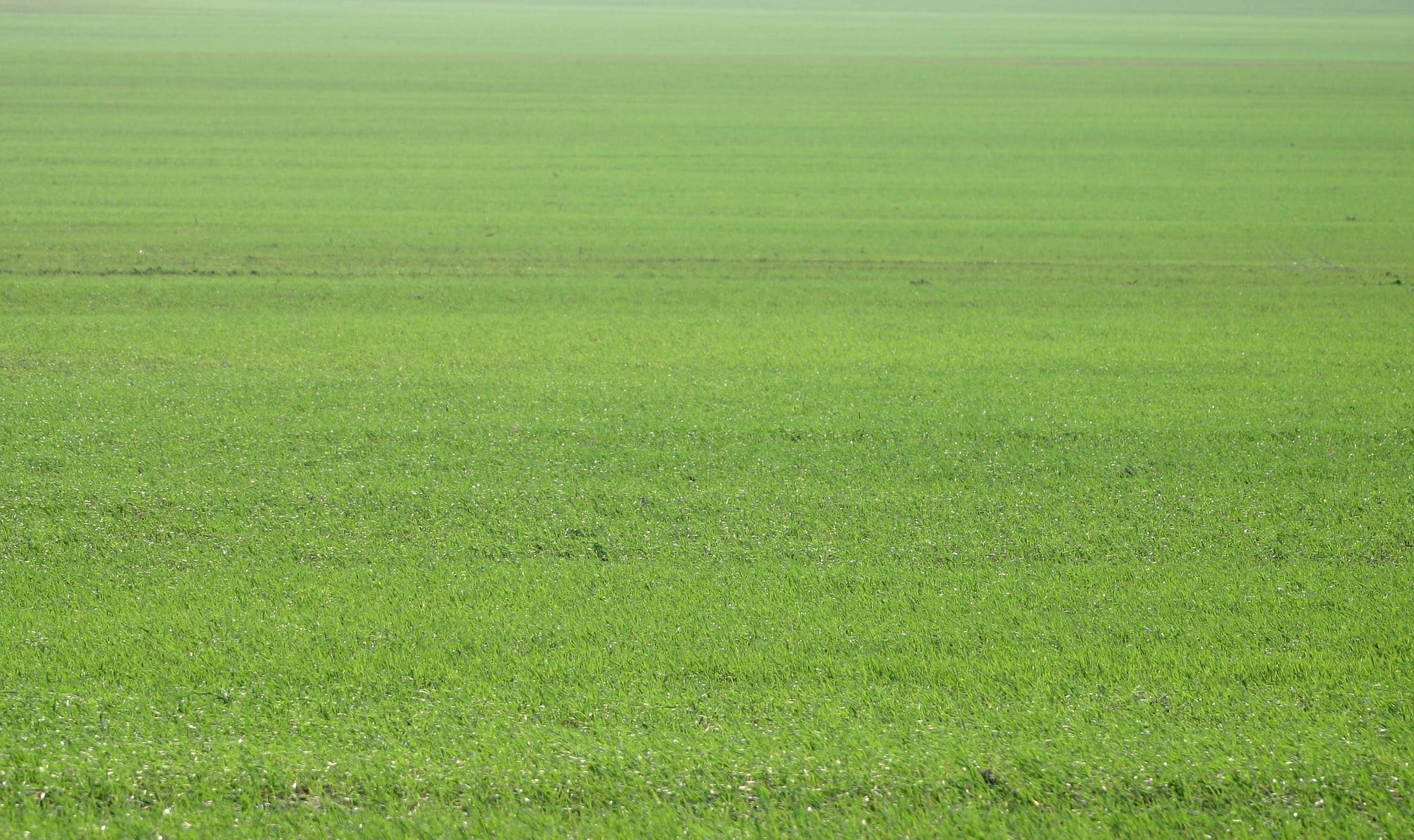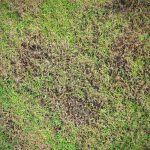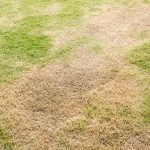There are many different opinions on the practice of rolling out your lawn as a lawn care tactic.
Some say it will damage the topsoil and harm grass growth, and you should use top dressing to flatten your grass. Others argue it helps ensure an even lawn, and is necessary to do in the spring.
In this guide, we’ve explained how to roll your grass without damaging it. We’ve also looked at when you should consider rolling a lawn, and when to avoid doing so.
How to roll a lawn
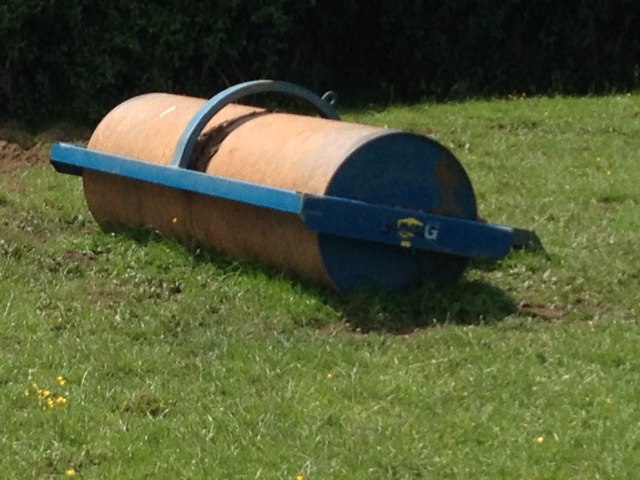
The first thing you’ll need to do is get a roller. You don’t want it to be too heavy, otherwise you could risk damaging your lawn.
There are a few types of roller to choose from:
- Concrete rollers: very common, but also very heavy. Durable but could be too heavy for many back garden lawns.
- Steel rollers: similar to concrete but can rust in wet weather. Generally more expensive, but can offer a slightly smoother surface.
- Poly (plastic) rollers: made of a type of plastic that works for rolling lawns. Normally filled up with water or sand to add weight. Probably the best choice if you don’t want a roller that’s too heavy.
Some lawn mowers come with rear rollers. These are quite small rollers, designed specifically to help you mow stripes. They are not normally heavy enough to roll the soil itself and make your lawn flatter. If your aim is to do proper lawn rolling, rather than just bending the grass blades, then you’ll need a proper roller – a rear roller won’t be heavy enough.
Next, check the ground isn’t too wet. You want it to be damp, but not completely wet, and not frosty either. If there is frost, wait for it to thaw.
If you roll wet soil, you could compact the soil too much, which will hinder grass growth. Compacted soil has poor drainage, and reduced airflow, which will harm your grass.
Likewise, you want to avoid rolling clay soils. If your soil has a high clay content this will also encourage it to compact when rolled, even when not particularly wet.
Roll the lawn in a consistent pattern so that you only go over each area once. Maintain a slow walking pace, and ensure to keep this pace consistent while you roll out the entire lawn.
Can I drag the roller behind a vehicle?
If you have a large lawn and the right equipment, you should be able to drag your roller behind a vehicle like a quad bike or tractor.
Use a heavier lawn roller, such as a concrete or steel option, to ensure it stays on the ground consistently. And check that it’s attached securely – you will likely need a special roller with a tow bar attachment to ensure it stays in place.
Obviously, a quad bike will require a much smaller roller than a tractor. You want to buy a roller the right size to ensure you can drag it at a consistent pace (about walking speed).
When to roll your lawn

Contrary to popular belief, you don’t want to do lawn rolling every year.
Rolling is typically done by farmers, when they’ve had animals in a paddock making the ground uneven. Horses can do this, for example by stepping on wet ground.
However, there are situations where you might want to be rolling the lawn in your back garden every so often as a part of your lawn care routine.
Due to bumps caused by animals
Your lawn might be made uneven by animals, even if you don’t have horses in the yard. For example, mole hills and tunnels can be a problem in certain parts of the UK.
In this case, you could consider rolling your lawn once the lawn becomes very uneven. However, you should also consider addressing the underlying mole or animal issue to prevent yourself rolling the lawn again in the near future. You can also use top dressing to flatten the grass, rather than rolling it, if there are only some small areas of uneven ground.
Due to bumps caused by the weather
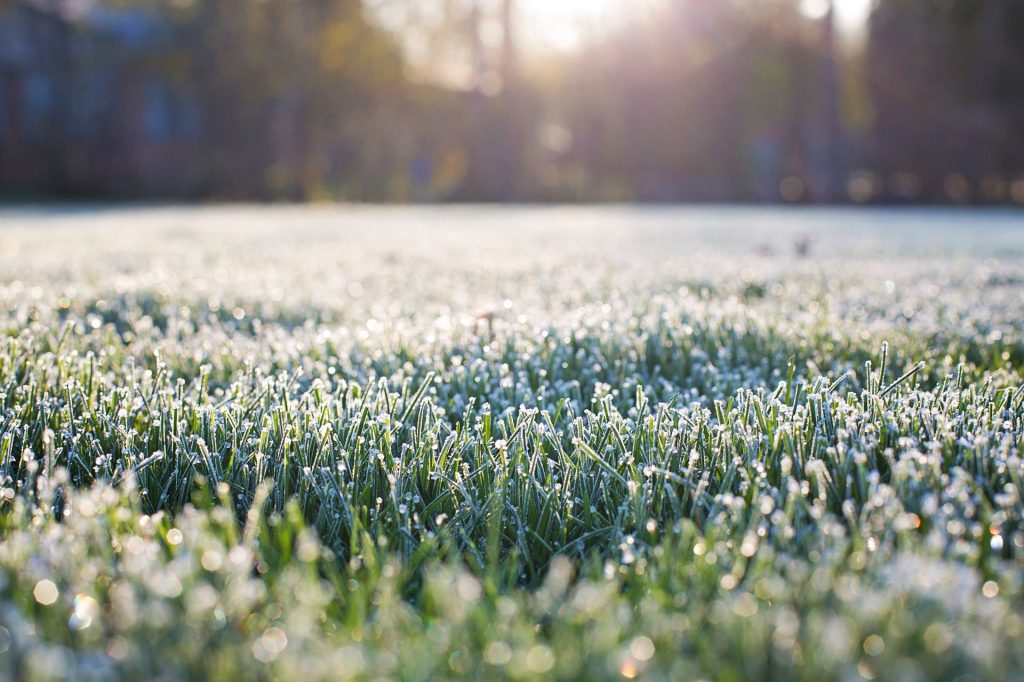
When temperatures fluctuate rapidly, especially in winter, this can cause something known as soil heaving.
Basically, soil heaving is when the ground begins to rise due to wet soil freezing and then thawing. It occurs when you have alternating periods of rain and frost over a short period of time.
By rolling your lawn, you can flatten it again to reduce the effects of soil heave.
After seeding a lawn
When seeding an existing lawn, or planting new seeds, you can roll the ground to press the seeds into the soil.
This is common practice, and can be a big help in improving your germination rate.
After sodding a lawn
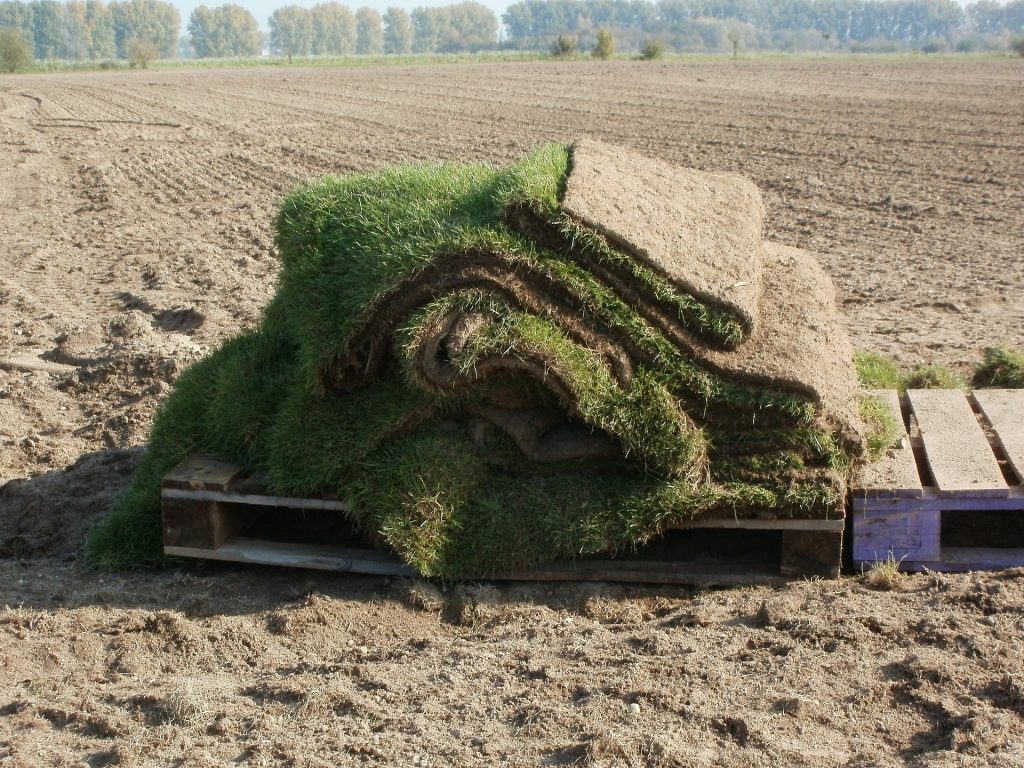
Similarly, when sodding a lawn, you can roll it out to press the sod into the turf and encourage faster grass growth.
However, like when seeding a lawn, you want to avoid doing this if it has rained heavily after sodding. If the soil is wet, this will encourage the grass roots to embed into the soil naturally.

I’m Josh, and I’m the head writer at Lawn Care Pro.
I love everything lawns, but I’m a bit of a lawn mower nerd. I spend a lot of my free time tinkering with mowers, and planning my mowing schedule for the next few weeks.
I’m also into cars, which comes in very helpful when servicing a mower engine!

